QUT EGB211: Physics Problem Task - Cart, Car, Collision Analysis
VerifiedAdded on 2022/09/18
|9
|918
|34
Homework Assignment
AI Summary
This document presents a comprehensive solution to a physics problem task, likely for an undergraduate engineering or physics course (EGB211). The assignment is divided into three exercises. Exercise A focuses on a cart pulley system, requiring the creation of a free body diagram, the identification of forces, and the derivation of equations of motion to determine the force needed to initiate movement. Exercise B delves into a car crush scenario, analyzing the speed before the crash, the maximum compression of a spring, the distance traveled backward after bouncing, and the maximum deceleration experienced. Exercise C explores a collision barrier, involving free body diagrams and the application of collision principles, potentially assuming conservation of momentum and energy. The solutions include detailed calculations, diagrams, and references to relevant physics principles and equations, such as Newton's laws of motion and equations of motion, providing a thorough analysis of each problem.
1 out of 9
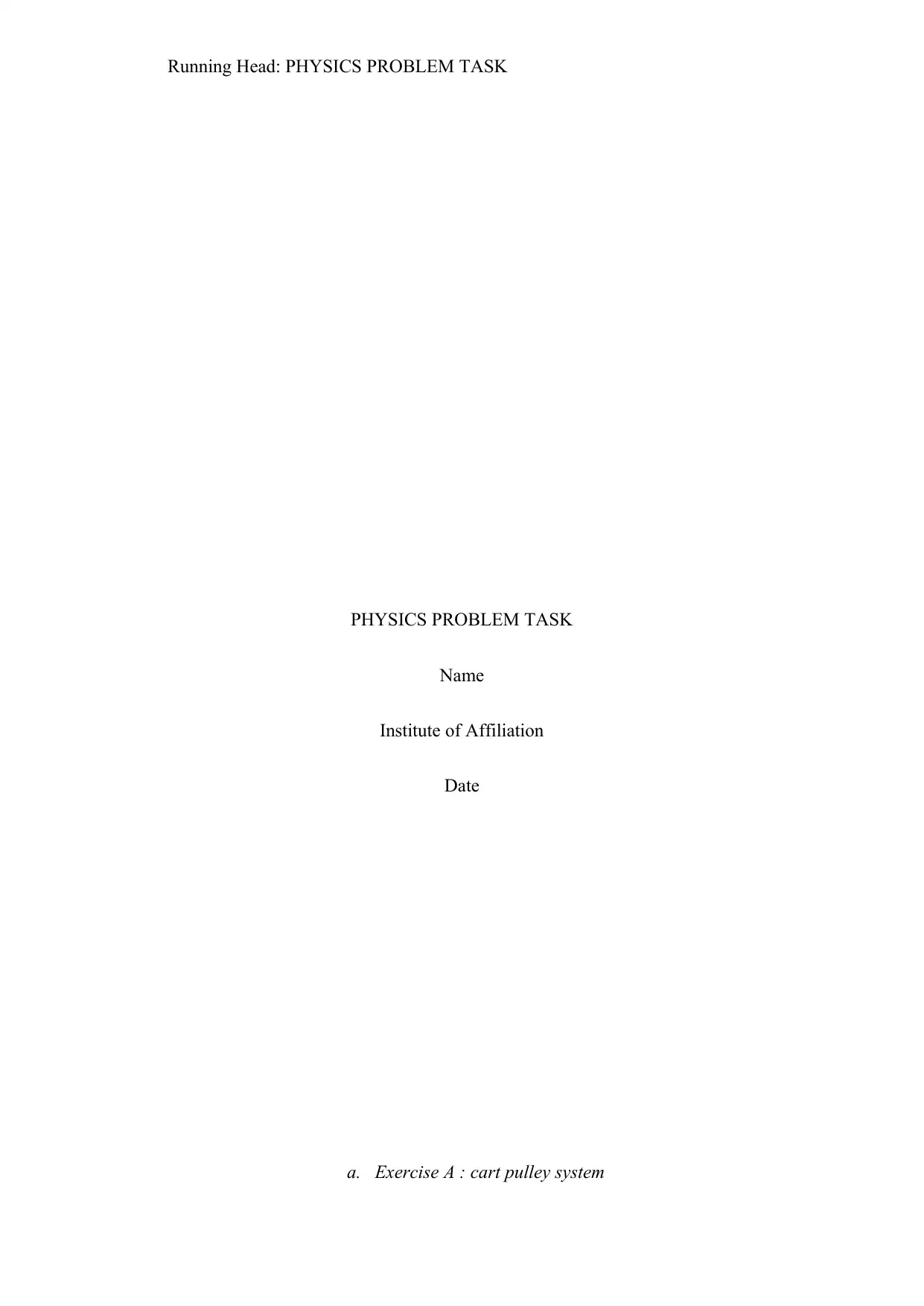
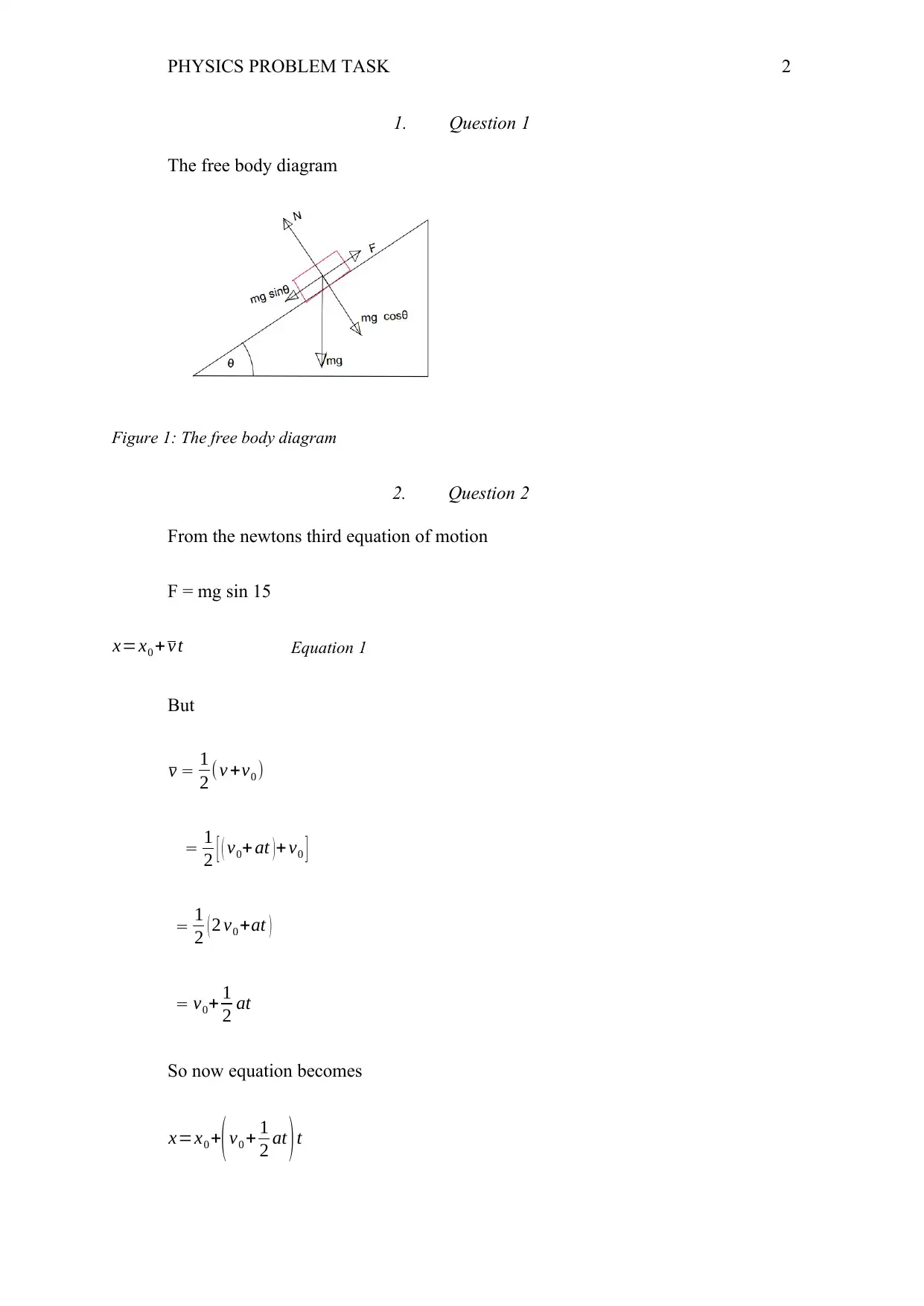
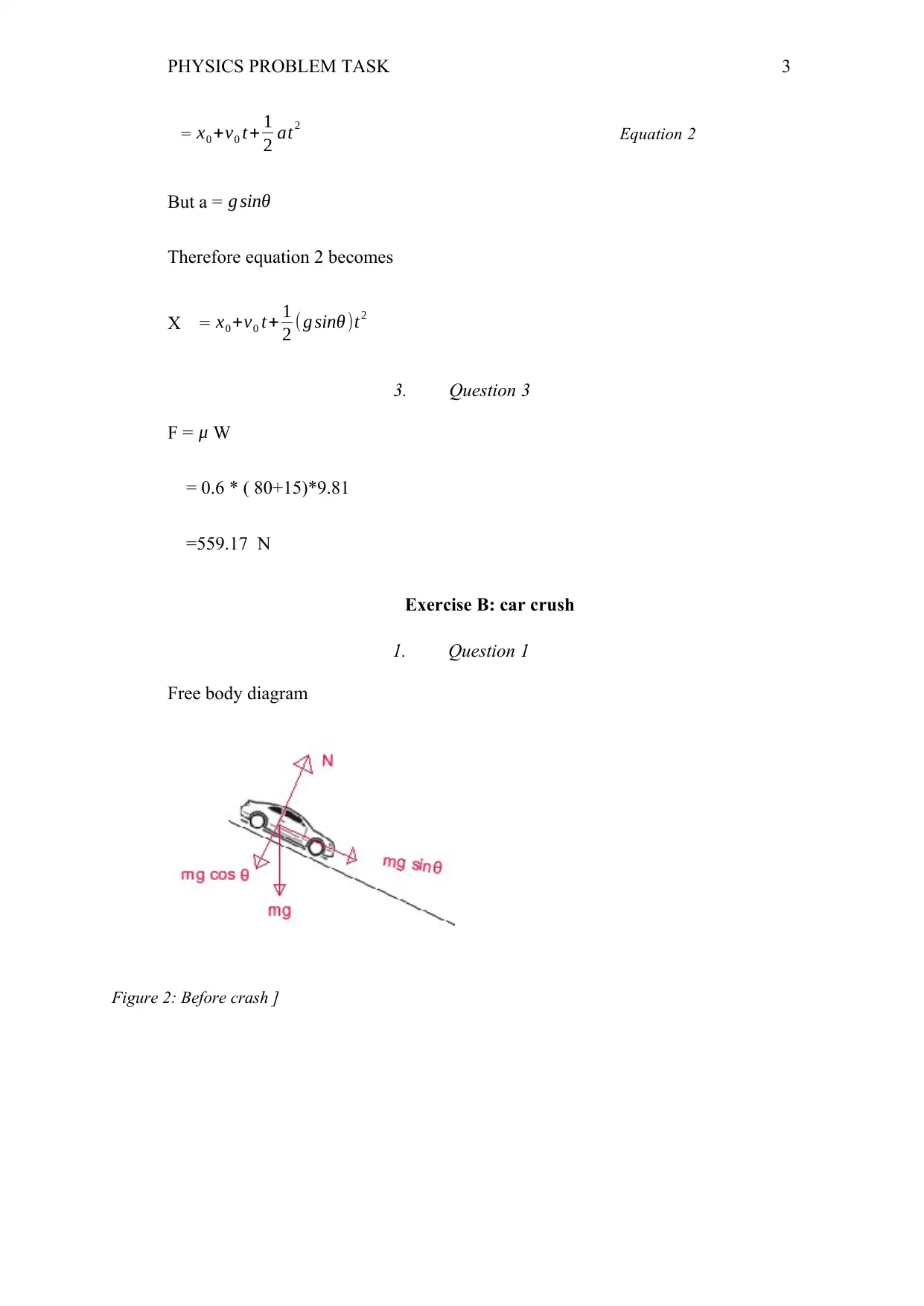
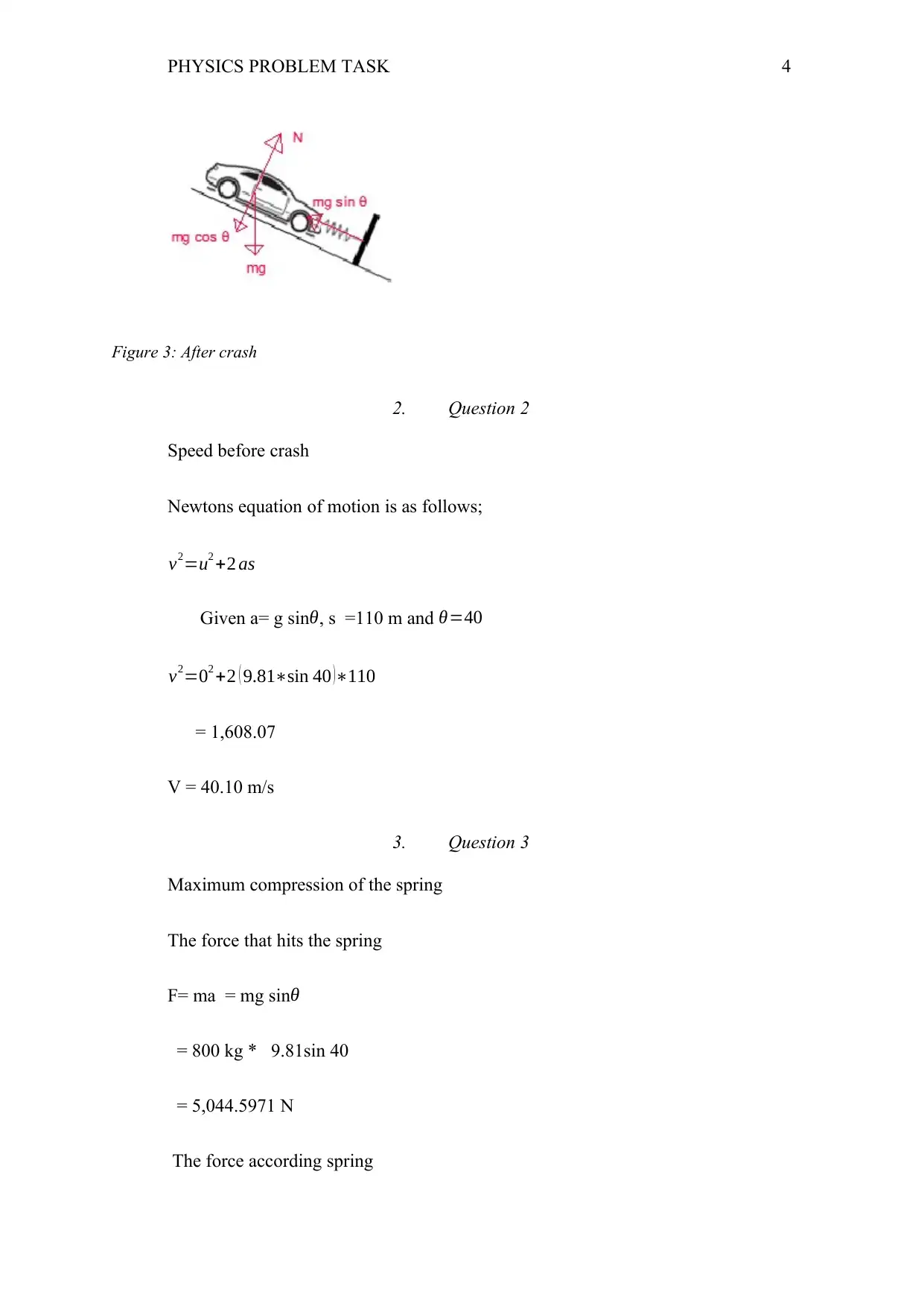
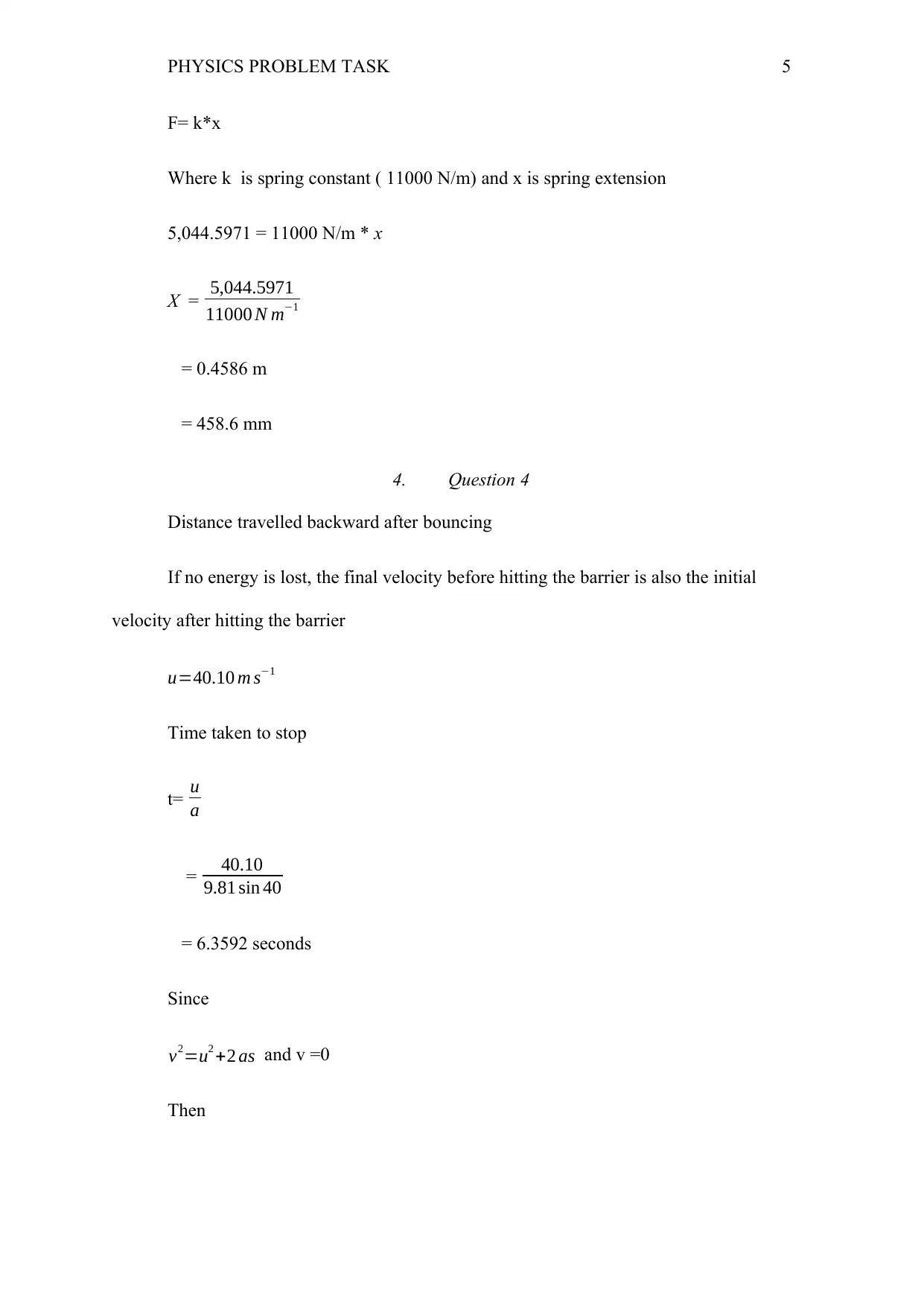
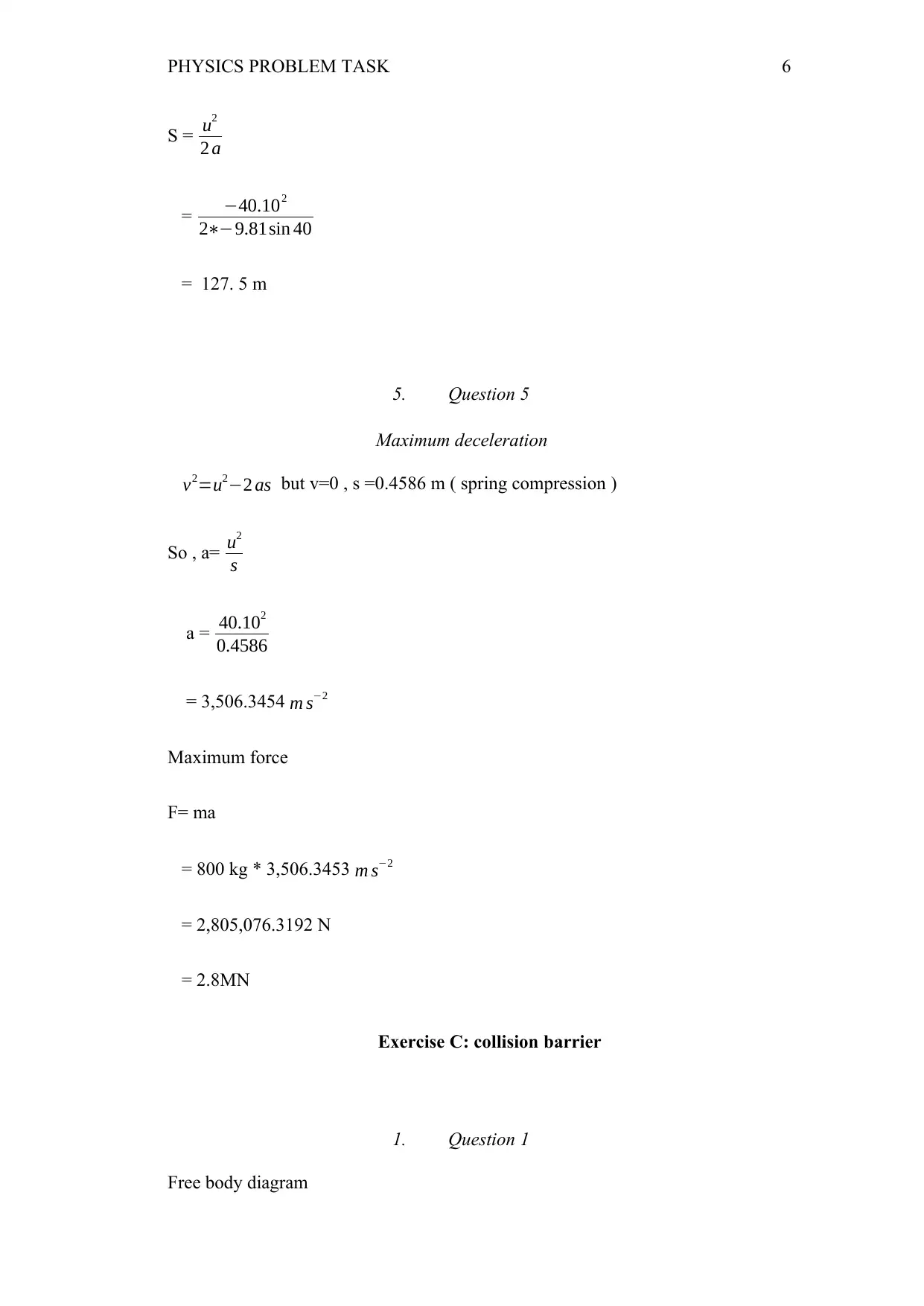

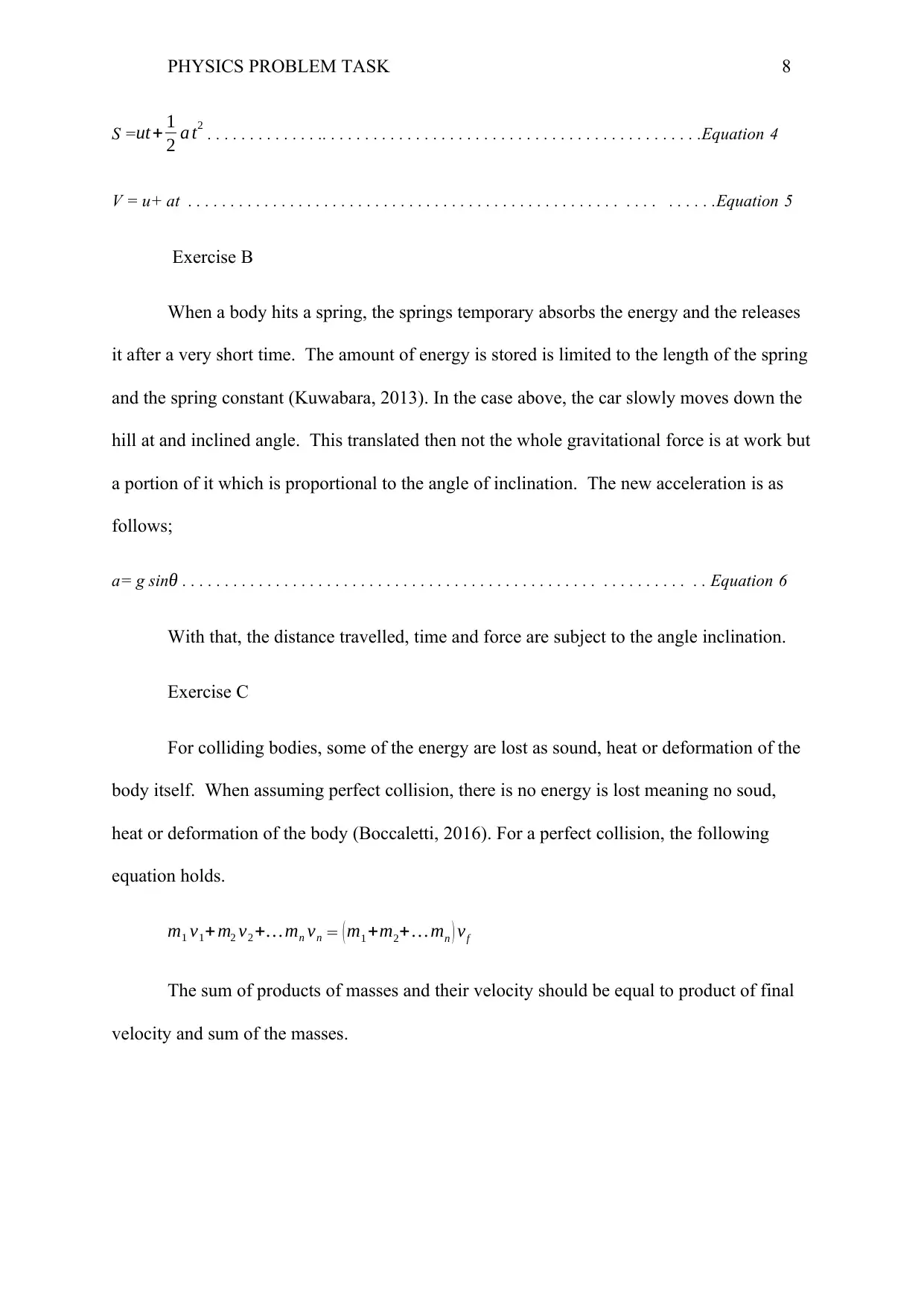
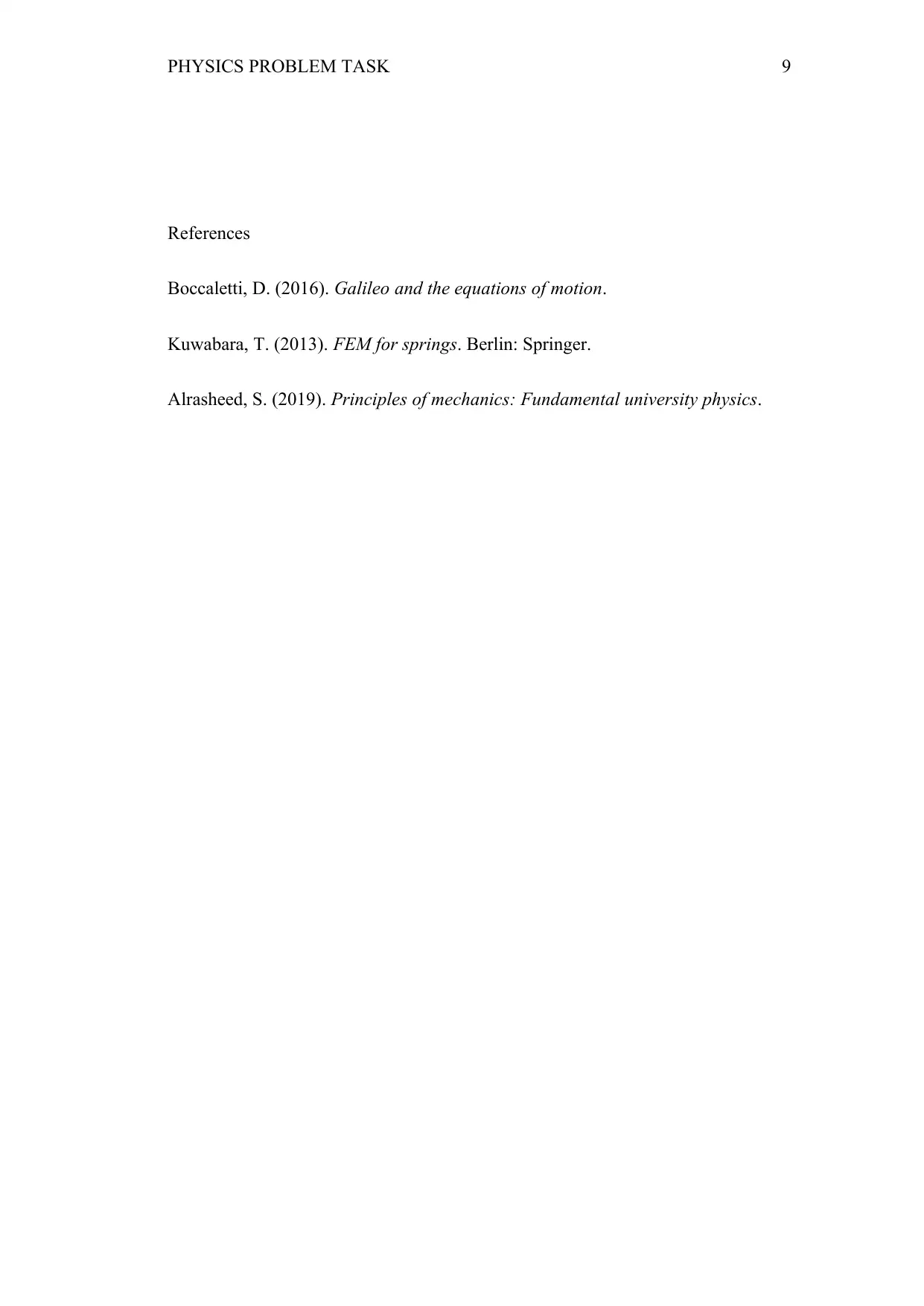






![[object Object]](/_next/static/media/star-bottom.7253800d.svg)